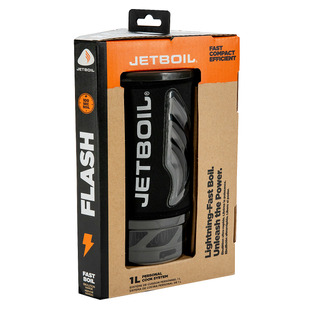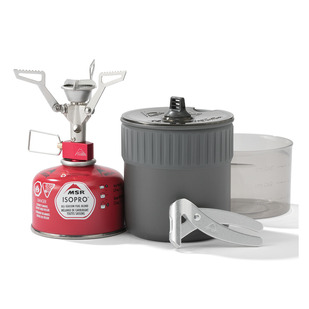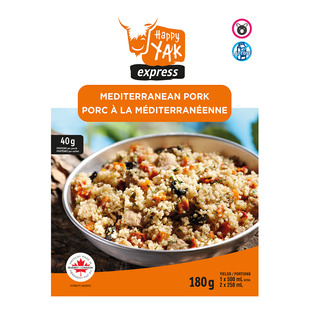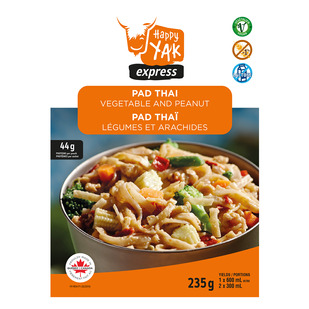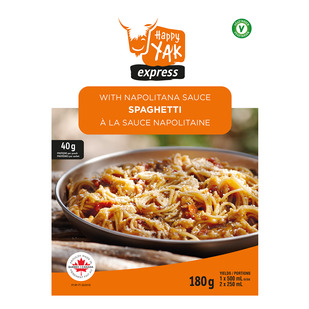A little guide to backcountry camping
With summer knocking at our doors, many adventurers will travel across the province looking for a paradise to spend their well-deserved retreat. If you always dreamed of trying backcountry camping - also known as minimalist camping - the following article will guide you through the purchase of all essentials you might need to discover the joy in this type of adventure. Yes, it requires you to step out of your comfort zone, but the experience and sense of freedom is a reward like no other!
Step 1: Make a list of everything you might need
If you are exploring the backcountry for a few days, you only need to bring the most essential items. The idea is to not get cluttered with things that aren’t necessary. The lighter you travel, the more comfortable you will be moving from point A to point B.
Depending on your itinerary, you might need the following items:
- A tent
- A sleeping bag
- A flashlight or a frontal lamp
- A compact oven
- Different types of containers (gourd, pans, bowls, etc.)
- Utensils
- A backpack
- Hygiene items
Step 2: Read about your destination
Many factors can influence what you need to bring along. Which equipment can you find on site? What is the distance from the parking lot to your campsite? How do you get there? Will you need to hike or go by canoe? Make sure to learn everything there is to know about your destination in order to pack the right things.
Looking for travel inspiration? We were just writing about some of Canada’s most beautiful national parks to visit this summer. As of now, some are reset to reopen in June!
Step 3 Make sure to buy useful things
With a list in your hands and an itinerary in your back pocket, you are now ready to shop for what you need. For this part of the process, the key words are: space and usefulness.
For instance, there are several models of tents and sleeping bags. If you are traveling alone or as a couple, it might be better to choose a light tent for two people. The same goes for sleeping bags, as their size and compressibility vary depending on the material they are made of.
If you are camping on the edge of a river or if it is likely to rain, sleeping bags made of synthetic materials are better suited to hold warmth if wet. On the other hand, if the nights are dry and cold, it is better to opt for one made of down. The latter models may be more expensive but they also offer more compressibility and are very durable. If you like to camp during summer and winter, you can also buy a sleeping bag liner to help you stay warm during colder nights of the year if need be.
As for the mattress and pillow, it is better to opt for ones that automatically inflate and deflate. These models will be much more compact than their alternative.
During your journey, you will also need an oven in order to cook some of your meals. The model you need will depend on your cooking style, but logistically, one thing is sure: the lighter and smaller, the better. There are several brands that offer mini and ultra-compact formats.
For maximum storage space as well as variety, dehydrated meals are the way to go.
Let’s not forget about all the little things like towels, utensils, containers and hygienic products that can quickly accumulate and occupy a lot of space in your backpack. Several brands offer retractable or ultra-compact items that will save you weight and space.
If you are in need of some advice, don’t hesitate to ask! Atmosphere advisors will be happy to direct you to the items that best suit your needs.











